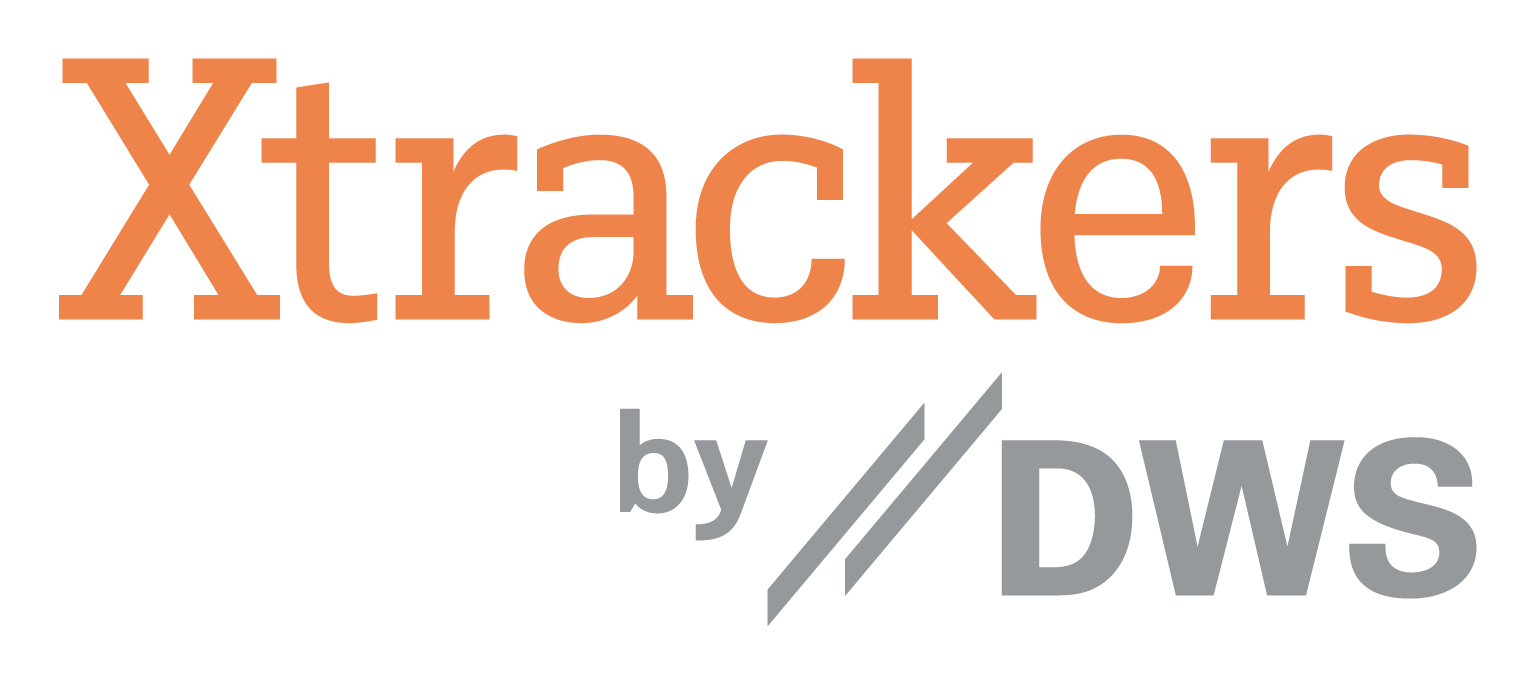Of the many flavours of global equity ETF launches over the past few weeks, there is one that provided a new tilt on an increasingly in-demand asset class.
The Xtrackers MSCI World ex USA UCITS ETF (EXUS) listed on the Deutsche Boerse on 14 March with a total expense ratio (TER) of 0.15%.
The omission of US stocks – which account for roughly 70% of the MSCI World – is a European first and a nod to the growing dominance of the market over other developed market countries.
Its growth, fuelled by the ‘magnificent seven’ stocks over the past 18 months, has led to overconcentration concerns among investors and demand to separate their US equity allocations from their global exposures.
Commenting on the launch, Simon Klein, global head of Xtrackers sales at DWS, said: “The weighting of US equities in global portfolios has increased significantly in recent years.
“With a view to more balanced diversification, it could therefore make sense for investors to segment their US exposure from the rest of the global equity portfolio.
“This would create more room to adjust the US equity component more granularly depending on risk performance.”
All this is against the backdrop of increased investor demand for global equities. Assets under management (AUM) for MSCI World UCITS ETFs hit $144.9bn in February, according to BlackRock, up from $129.8bn the year before and $87.9bn in 2022.
Methodology
As expected, the removal of such a large weighting like the US has a significant impact on the index, creating a more diversified exposure across regions and sectors.
The largest regional weight in the index is now Japan at 21.2%, followed by the UK (12.9%), France (10.9%), Canada (10.4%) and Switzerland (8.5%).
The MSCI ex-US index is also much less heavily weighted towards tech stocks, accounting for 9.5% of the index versus 24.1% of its parent index.
Instead, financials (20.8%), industrials (16.4%) and consumer discretionary (11.6%) make up the top three holdings, just ahead of healthcare (11.5%).
As a result, the index exhibits several different factors. For example, the ex-US index holds a slight overweight to low volatility versus a slight underweight for the world index. It also has a larger underweight to size and momentum factors.
While the ex-US index is arguably more diversified in its makeup, it also has almost half its constituents, comprising 870 companies versus 1,479 for the MSCI World index.
Notably, the top 10 holdings are devoid of any of the ‘magnificent seven’ – Microsoft, Apple, Nvidia, Amazon, Meta, Alphabet and Tesla – which account for almost 20% of the MSCI World.
Their absence has an obvious impact on performance, returning 14.6% over the past year versus 25.6% for the MSCI World, with the likes of Nvidia up 235.9% in this period, as at 19 March.
Investor view
As with all broad regional trackers, investors will have to weigh up whether they want to lose control over country-specific weights in their portfolio.
Dan Caps, investment manager at Evelyn Partners, said the firm would not invest in EXUS, preferring to allocate to subregions which come with their “own opportunities and challenges”.
However, he said there are multiple benefits for those looking to take broad exposures.
Caps said overconcentration in the US has led many investors to take a more nuanced approach to the US market, something EXUS can help with.
“If investors want a global portfolio which largely follows market-cap weights, by want to control – and most likely reduce – their exposure to the US, this ETF allows you to do this,” Caps said.
“It also allows you to get swap-based exposure to the US, which allows you to avoid paying withholding tax on US dividends while maintaining physical exposure to the rest of the developed world.”
He added for investors still concerned about US exposure, EXUS could be used alongside equal-weight and factor-based US allocations.
“This world ex-US tracker takes care of exposure to the rest of the developed world, and allows investors to take a more nuanced approach to the US and include these allocations,” Caps said.
EXUS offers investors a tool to become more creative when assessing their US allocations, however, they will have to weigh up the underperformance versus the MSCI World.




